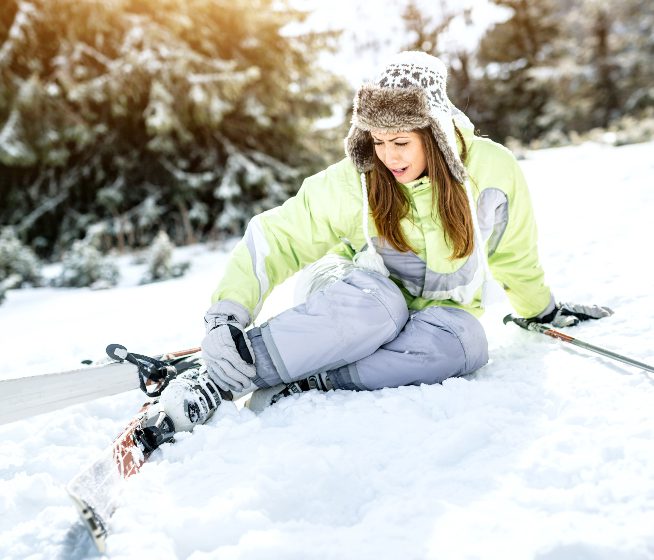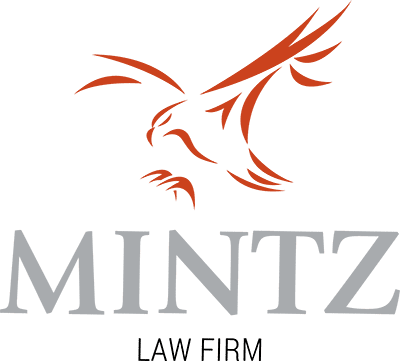Understanding the Colorado “Ski Safety Act”

Thousands of skiers flock to the Colorado mountains every winter to enjoy the slopes. John Hopkins estimates that nearly 10 million Americans ski or snowboard every year, with about 600,000 injuries reported yearly. Of these accidents, 20% are head injuries. Colorado understands that skiing is a dangerous sport, so state lawmakers enacted the Ski Safety Act (SSA) in 2006.
If you were injured on a Colorado ski slope, reach out to a personal injury attorney in Colorado. They can thoroughly investigate your case to see if there was any wrongdoing. If there was, you might be entitled to financial compensation for your damages.
What Is the Ski Safety Act?
The SSA aims to define legal responsibilities, rights, and liabilities for ski area operators and the skiers who use the facilities. Keep in mind that the statute of limitations for filing a lawsuit is only two years. The sooner you hire a personal injury lawyer, the more help they can be.
Under Section 33-44-102 of the SSA, the General Assembly limited ski area operators’ tort liability by granting them immunity for any injury that resulted from the inherent risks of skiing. Tort liability refers to being required to reimburse an injured party for the harm they sustained. Examples of inherent skiing risks include:
- Failing to ski based on your ability
- Colliding with other skiers
- Surface conditions
- Snow conditions
- Changing weather
- Variations in steepness or terrain
- Impacting natural or man-made surfaces
Given these inherent risks, skiers and snowboarders assume much of the risk associated with the sport.
Do Skiers Have Any Responsibility on Slopes?
All skiers have a responsibility, known as the Colorado Skier Responsibility Code, to keep themselves and others safe. It outlines seven points everyone must follow:
- Stay in control so you can stop and steer.
- Skiers ahead of you have the right of way.
- Do not stop on the trails.
- Yield to others.
- Use devices to prevent runaway equipment.
- Be aware of all posted signs.
- Stay off closed slopes.
The responsibility code emphasizes personal responsibility so everyone can have a safe and enjoyable time.
When Can I File a Claim Against a Ski Resort?
Ski area operators have a reasonable duty of care to provide safety for all skiers, snowboarders, guests, and employees. This means ensuring that the lift is operating correctly and safely. Ski lift accidents are among the most common reported at ski resorts, with a majority being from embarking or disembarking. If they fail to provide adequate safety measures, you may be able to file a claim.
Ski resorts should also clearly identify the degree of difficulty for their slopes in multiple locations before reaching the slope’s starting point. Failing to identify challenging slopes correctly may result in your ability to file a claim.
Colorado legislature caps the liability exposure of ski resorts to $1 million. This means the company can only face up to that amount of financial liability in a claim someone may bring against them.
Speak with an Expert Ski Injury Attorney in Colorado
Ski injuries are very severe and can cost thousands of dollars in medical bills. You should speak with the experienced attorneys at Mintz Law Firm about how Colorado’s Ski Safety Act can affect your claim against a ski area operator.
Your ability to bring a personal injury claim against ski resorts in Colorado depends on many factors, including how the accident occurred and who was at fault. Many aspects of the case are impacted by the SSA and disclaimer waivers you sign before skiing.
Contact us or call (303) 462-2999 to learn more about the legal routes you can take with a free consultation.
